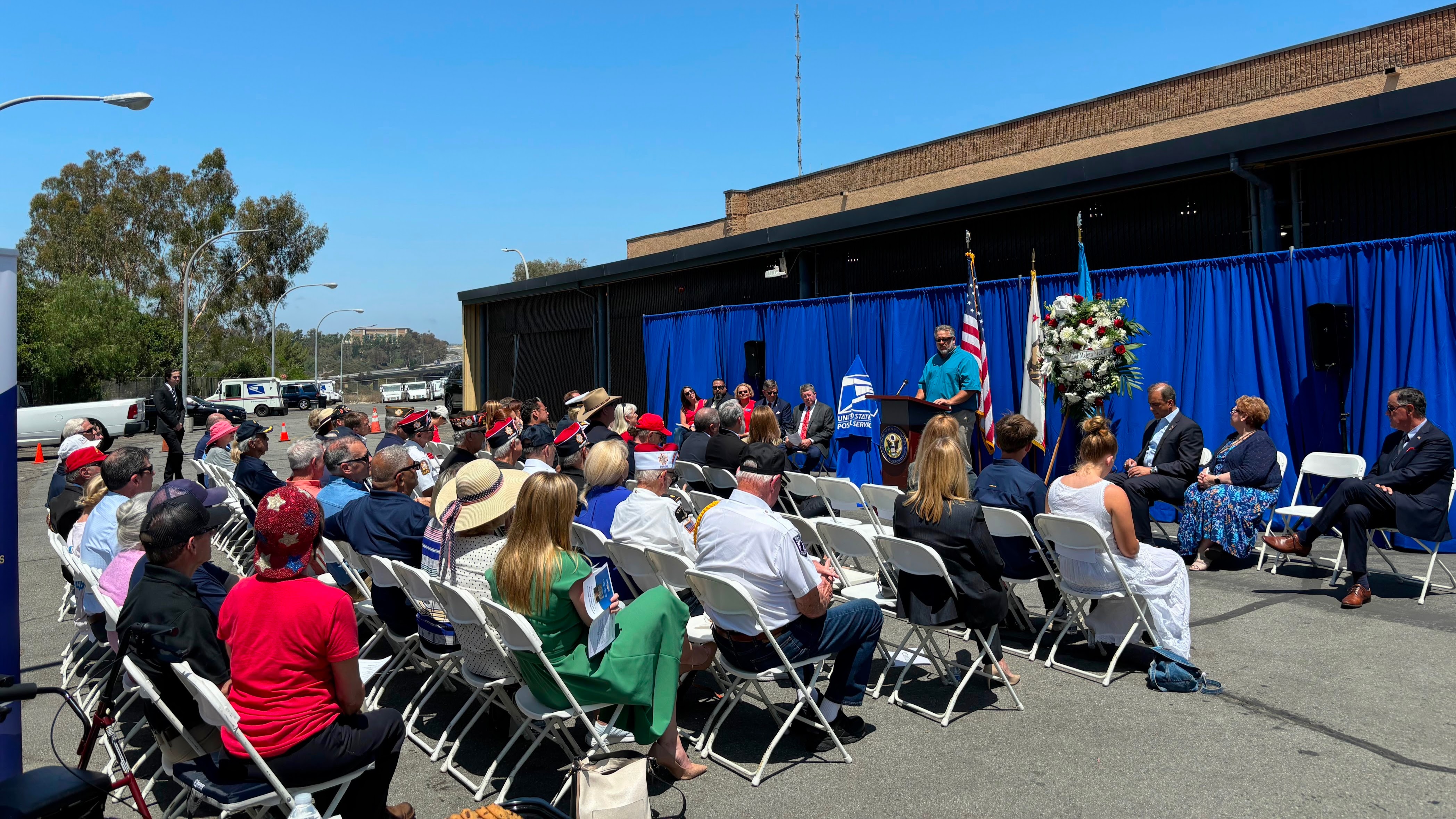Educators grapple with the hardships of the pandemic and continue to learn how to engage their students best, especially as districts begin the transition out of virtual learning. This effort includes a boost of interest in Science, Technology, Engineering and Math programs, also known as STEM education.
Sabine Lerner, 17, in Orange County, said STEM helped her reignite passions for learning amid a difficult year.
“A lot of us struggled, and it was a very hard year,” Lerner said.
The teen said remote learning often left her and her peers feeling defeated.
“Just like you’re going through the motions,” she said. “I’m definitely a hands-on learner. I think I’m sort of my best when I’m in a group and being able to work together and sort of work off of each other’s ideas. And this year, we haven’t been able to do as many projects because of the pandemic. And I know many of my other classmates also really struggled with similar things.”
According to The Reporter, data shows that disrupted learning contributed to a drop in grade point averages among high school juniors and seniors. In the Bay Area, some districts saw a 50% increase in failing grades amid distant learning.
“There are a couple of times that at three in the morning where I was like, ‘Is it even worth it, doing this assignment?'” Lerner said.
But Lerner said she felt revitalized by local STEM programs, such as ones with the workshops that the Girl Scouts of Orange County offered. The nonprofit launched the STEM Consortium in 2015 to team up with leading STEM companies to bring STEM experiences to the girls. Amid the pandemic, Girl Scouts pivoted to make workshops virtual but still hands-on, and this year, they pivoted again to make events socially distanced. In April, one of their programs gathered the scouts to watch the launch of their model rockets.
With such stories in mind, Young Kim, R-Placentia, introduced the Innovations in Informal STEM Learning Act. It would provide new grants to nonprofits and higher education to fund STEM programs while simultaneously funding research in STEM education, emphasizing underrepresented and rural students.
“As we’re trying to get out of the COVID-19 pandemic and as the economy is trying to recover, it’s really important that we expose our students, especially in pre-K through eighth students, to have the resources and have the education necessary to be ready for STEM workforce,” Kim said.
The grants are meant to increase cooperative and hands-on education for before-school, after-school, out-of-school or summer activities. Funding would be distributed on a competitive, merit-based case.
“STEM education is a pathway to job creation,” Kim said.
Kim tacked her bill onto bipartisan legislation that funds the National Science Foundation, which has a good chance of passing Congress. NSF is an independent agency of the U.S. government that supports the advancement of science, with research and education in all the non-medical fields of science and engineering.
“There’s so much that girls can do within the STEM field. I think having that basic education of like STEM, in general, will help you with every single field in the future because I think our world will definitely be centered around STEM,” Lerner said.
Amid a tumultuous year, Lerner said she hopes this bill will rejuvenate students’ motivation for learning. The exact amount of these grants that will be allocated to STEM programs and research under Kim’s legislation will be determined by the NSF if the bill becomes law. The NSF would also announce the parameters of the grant application process.




